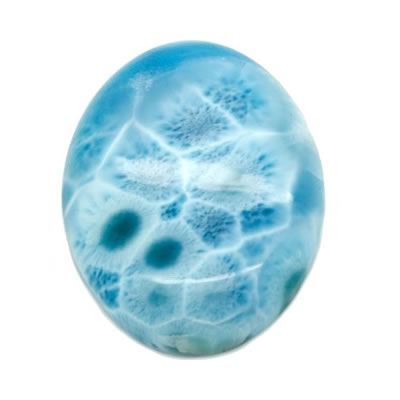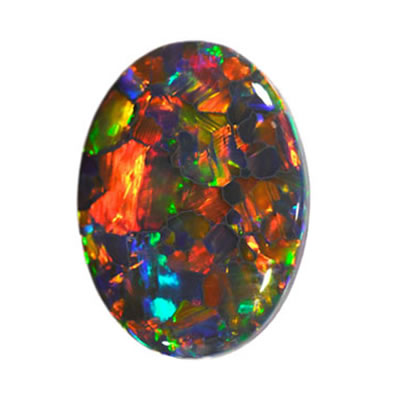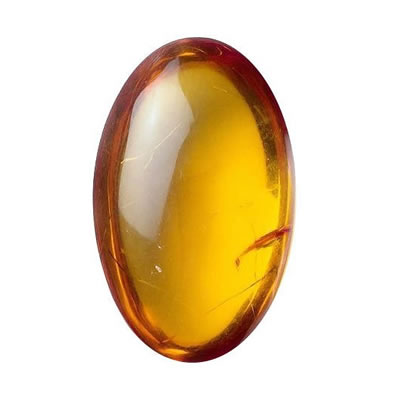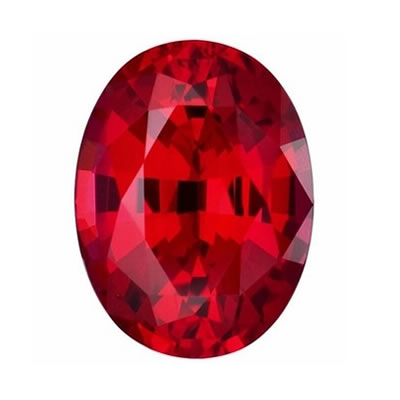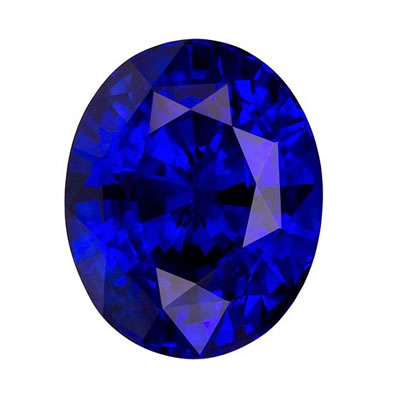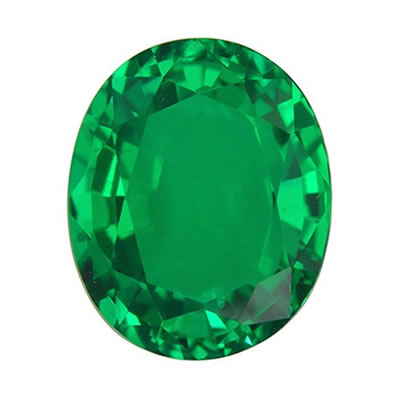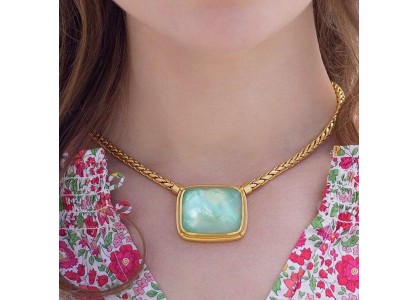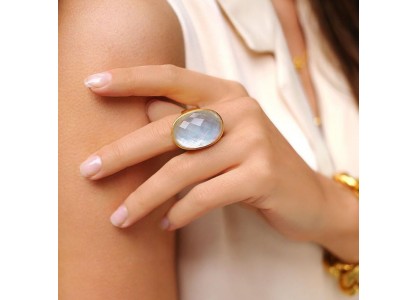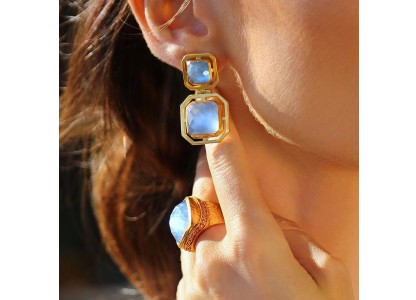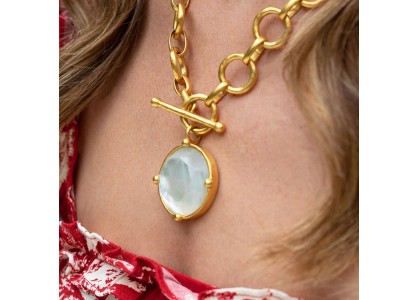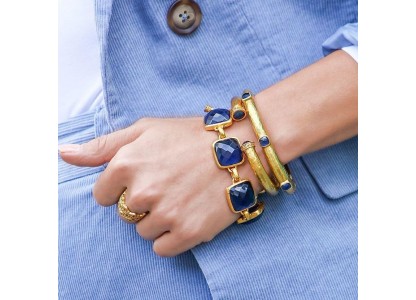Calsilica (rainbow calsilica)

Etymology and history
Ever since calsilica first appeared on the fashion jewelry circuit, it created quite a stir and generated a fair bit of controversy and speculation over its origin – particularly whether it is a naturally-occurring stone, or a man-made material? Although many claim that calsilica (or "rainbow calsilica" as it is sometimes called), is a naturally occurring material, there is little evidence to support this claim. The most persistent claim (and it still persists today!) was that calsilica was mined in Chihuahua, Mexico. Calsillica was allegedly discovered in the veins or seams of the volcanic rhyolite in the mine.
Calsilica description
Rainbow Calsilica is natural material and appears in seams of color in the host rock (volcanic rhyolite) of this mine. The first specimens mined contained lots of reds and yellows, along with greens and blues ... and the more recent specimens collected have more green and blue than pastel colors. It is heavily stablized ... but somehow I feel better knowing it does appear in nature. I am sharing the content of the analysis done on the material below. In our opinion this stone is a natural. We had a lot of different calsilica stones in our hands and we know this stone must be real.
Calsilica in jewelry
Calsilica specimens can be quite beautiful and colorful, and as such, can be used too make earrings, silver pendants, rings, and other items. Calsilica can also be used as accents in a freshwater pearl necklace or other pearl jewelry. Rainbow Calsilica continues to capture the imagination of jewelry designer as well as jewelry wearers alike.
Occurrence
Calsilica was mined in Chihuahua, Mexico. Probably occurs in China too.
Talk to Our Jewelry Experts
Monday to Friday from 9AM to 5PM EST

